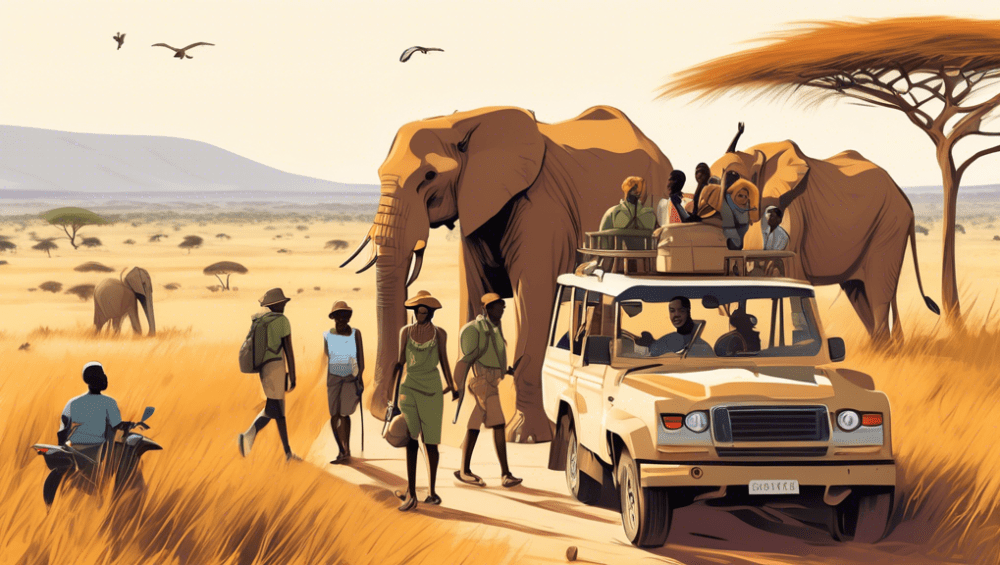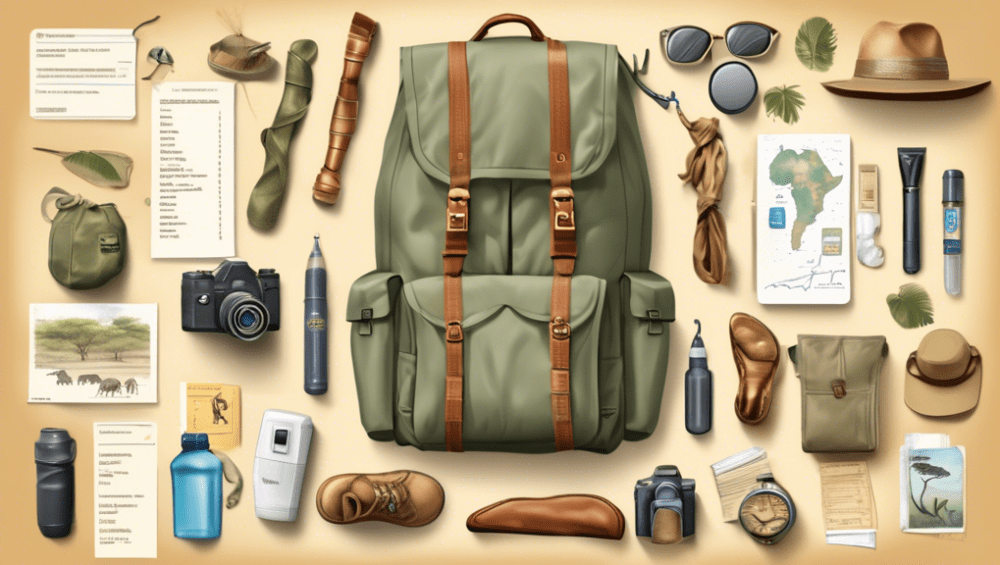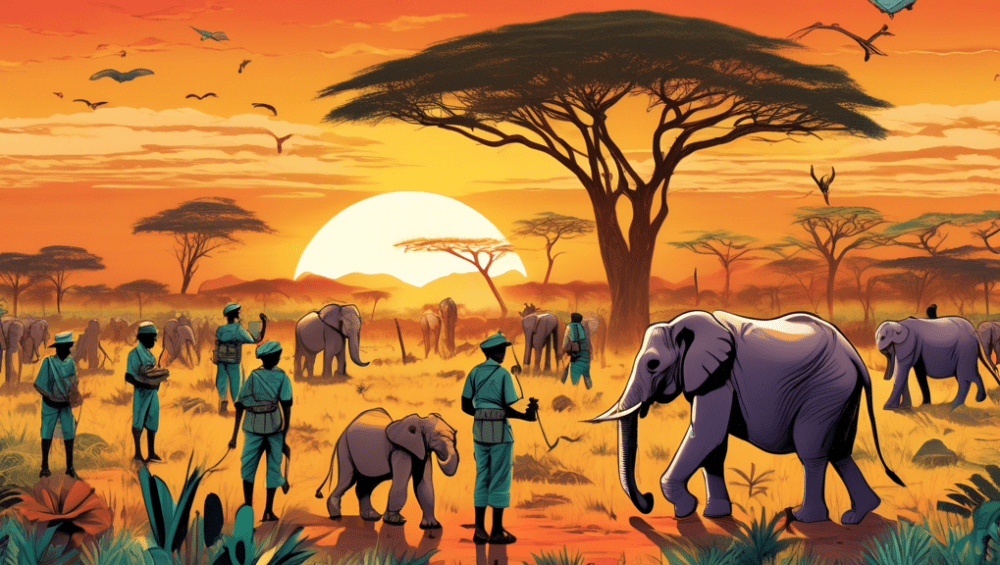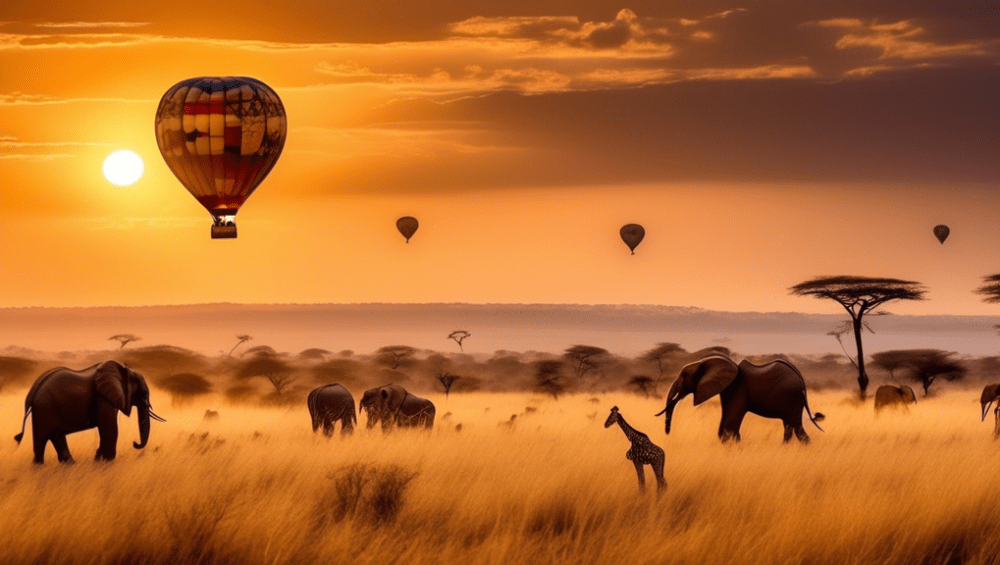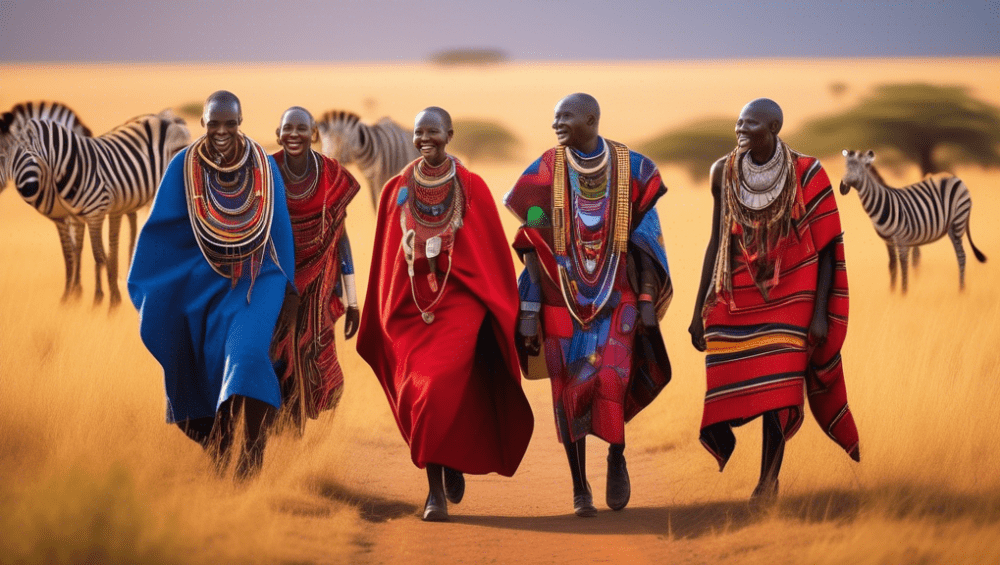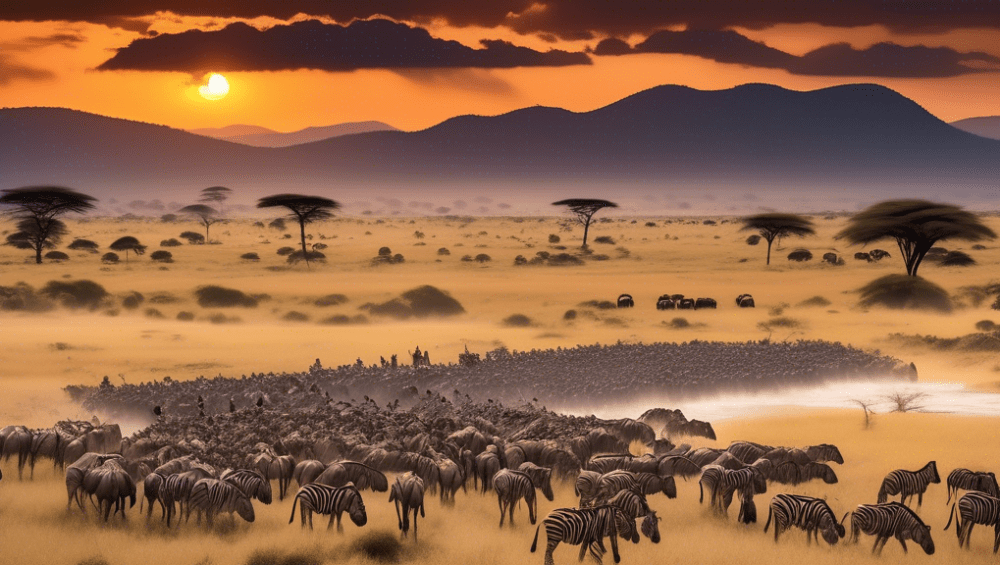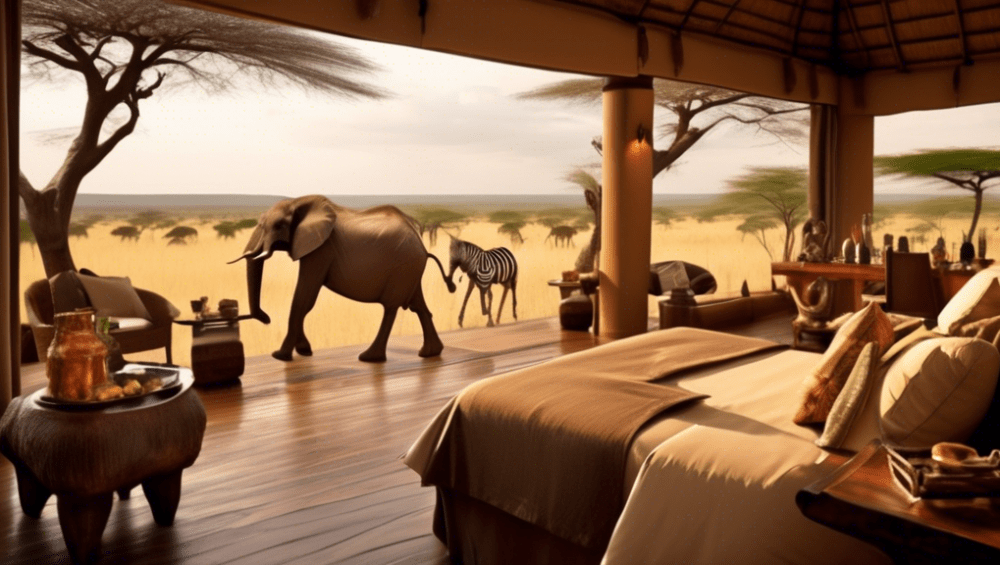Sustainable Safaris How to Travel Responsibly in Africa
Sustainable Safaris: How to Travel Responsibly in Africa
Ever dreamt of witnessing a lion pride basking under the African sun or feeling the earth quiver beneath a herd of elephants? I certainly have. But hold on—before we pack our bags and jump on the next flight, let’s talk about how we can make this adventure as sustainable as it is awe-inspiring. Traveling responsibly isn’t just a buzzword; it’s a crucial step in ensuring that Africa’s breathtaking wildlife and landscapes remain unspoiled for generations to come. So, how do we make that happen?
Choose Eco-Friendly Tour Operators
First things first—your safari operator matters. Take some time to research companies that prioritize sustainability. Look for those with certifications, like those from the Global Sustainable Tourism Council. It’s like picking organic veggies at the grocery store; a little effort goes a long way. For instance, when my friends and I went on a Kenyan safari, we chose a company that used solar-powered vehicles and had strict anti-poaching policies. It made us feel good knowing that our fun wasn’t harming the environment.
Respecting Wildlife and Their Habitats
Next up, let’s talk about the stars of our safari: the incredible wildlife. While it’s thrilling to see these animals up close, it’s essential to remember that we’re guests in their home. So, how should we behave? Simple—keep a respectful distance and never, ever feed the animals. Trust me; a selfie isn’t worth disturbing a lion’s nap or an elephant’s grazing. Also, avoid any safari options that include interactions with captive animals, as these can often be unethical.
Accommodations: Go Green or Go Home
Alright, you’ve chosen a sustainable tour operator, but what about where you’ll stay? Opt for lodges and camps that are committed to eco-friendly practices. These places often use renewable energy sources, practice water conservation, and support local communities. I once stayed in a tented camp in Tanzania that had composting toilets and offered delicious meals made from locally-sourced ingredients. It felt like luxury without the guilt.
Support Local Communities
Speaking of local, let’s talk about how supporting nearby communities can make your trip more sustainable. Buy souvenirs from local artisans, dine in local restaurants, and consider initiatives that give back to the community. This approach not only helps you experience the real vibe of the place but also ensures that your tourist dollars make a positive impact. On one of my trips, I took a village tour guided by a local. Not only did I learn a ton, but I also felt my money was well-spent.
Reduce, Reuse, Recycle
We can’t forget the everyday actions that add up. Bring a reusable water bottle and bags and minimize single-use plastics as much as possible. Many national parks and reserves in Africa have strict waste disposal policies, so follow the rules to keep these pristine environments clean.
Offset Your Carbon Footprint
Let’s face it, getting to Africa often involves a long-haul flight, which isn’t exactly great for the environment. One way to offset this is by contributing to carbon offset programs. These initiatives plant trees or fund renewable energy projects to balance out the carbon emissions from your travel. It’s like doing a little good to make up for all those miles you’re flying.
So, ready to experience the magic of an African safari without the guilt? By making thoughtful choices, from the tour operator you choose to the way you interact with the environment and local communities, you can ensure that your journey is both memorable and responsible. Who knew that protecting the planet could be part of the adventure?

